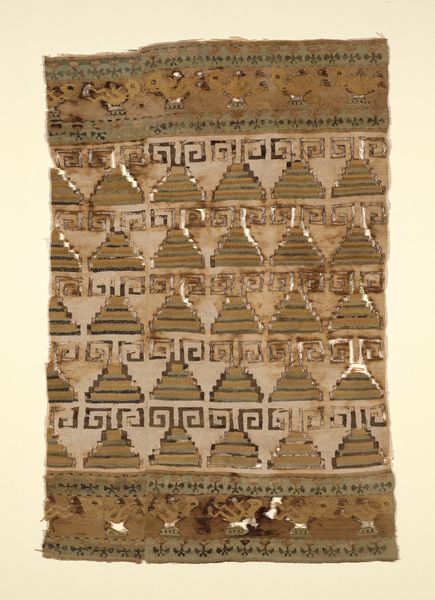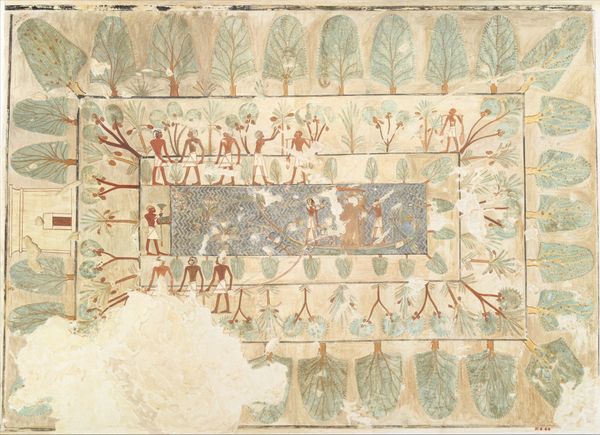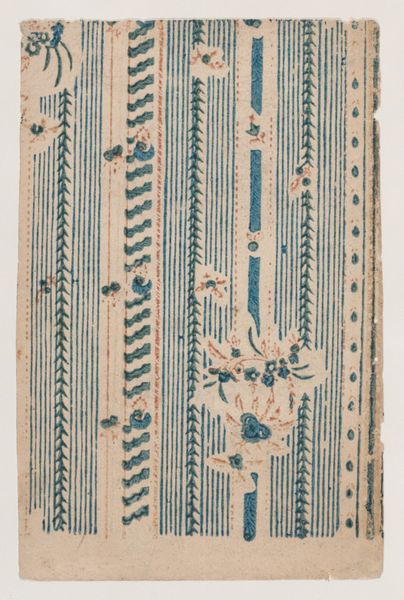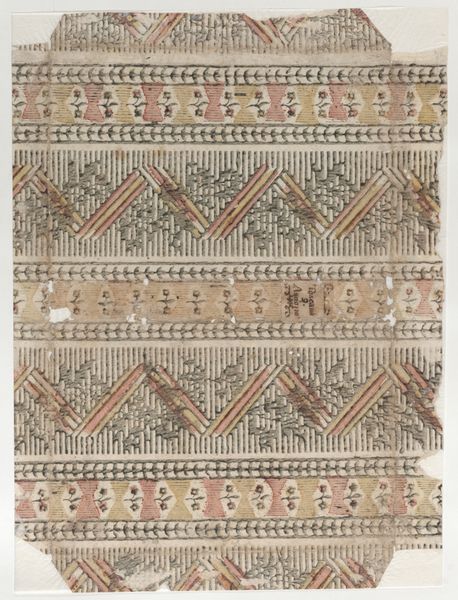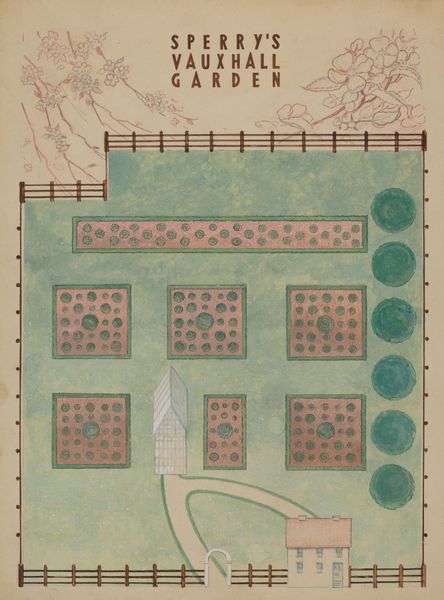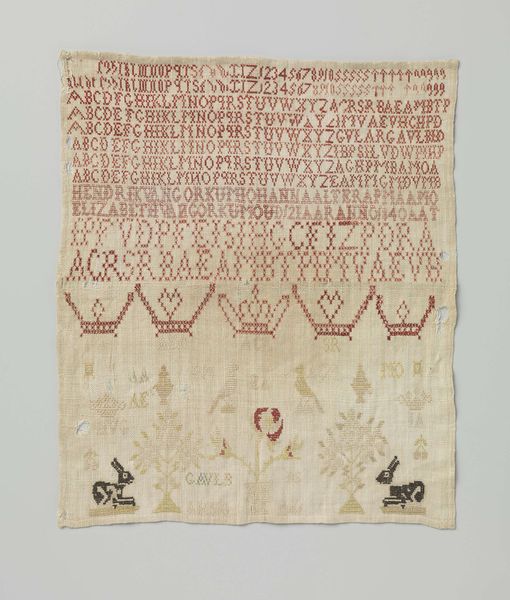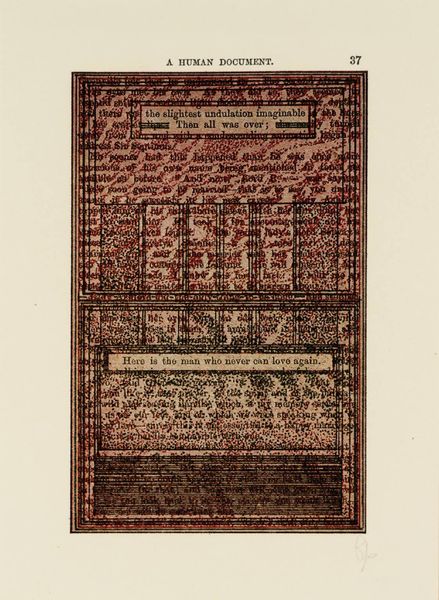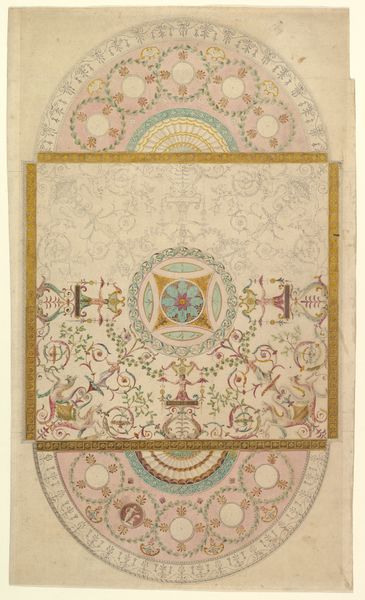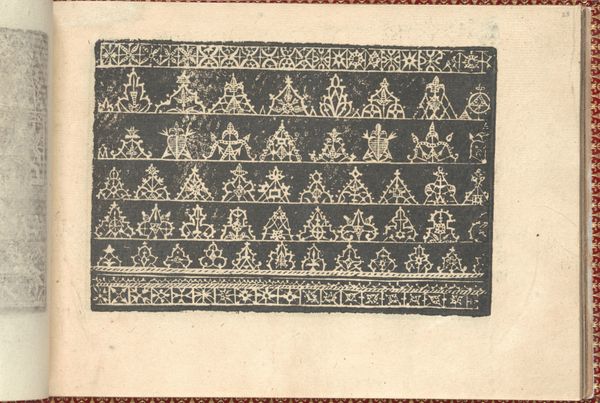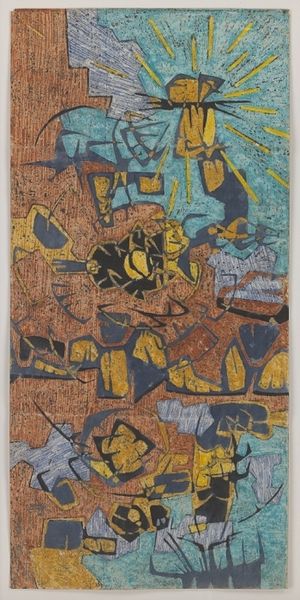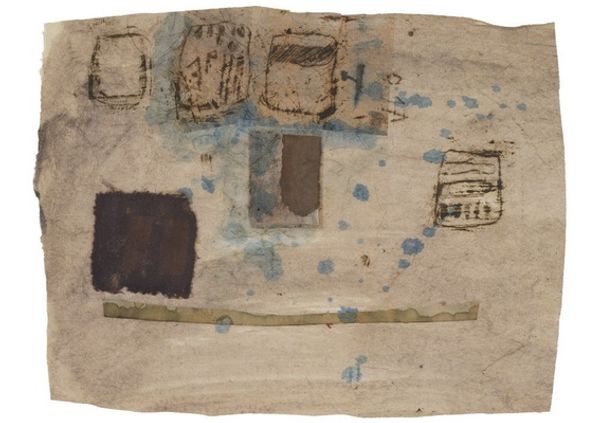
Copyright: Public Domain: Artvee
Paul Klee made 'A Page from the Book of Towns' in 1928 with pen and ink on paper. Look at how Klee approaches mark-making, those tiny, almost hieroglyphic forms. It’s like he’s building a language, or maybe it’s that he sees language and image-making as totally intertwined. The texture of the paper peeks through, giving it an aged, almost archaeological feel. The delicate lines build up these rhythmic patterns, creating a sense of depth without relying on traditional perspective. There's a little red house, right in the middle. It’s like a tiny, beating heart amidst all this careful geometry. It's not quite a house, more like the idea of a house, a symbol of home and belonging. I think about Miró when I see this. There’s a similar kind of playful, surreal symbolism going on. Ultimately, Klee embraces ambiguity, inviting us to bring our own associations and interpretations to this visual poem.
Comments
No comments
Be the first to comment and join the conversation on the ultimate creative platform.
